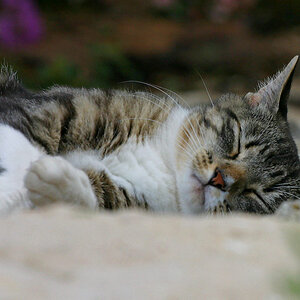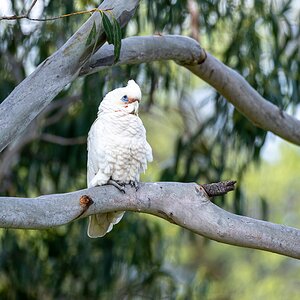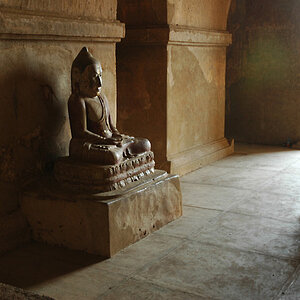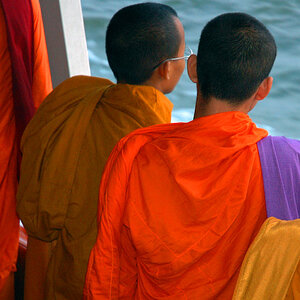Gavjenks
TPF Noob!
- Joined
- May 9, 2013
- Messages
- 2,976
- Reaction score
- 588
- Location
- Iowa City, IA
- Can others edit my Photos
- Photos OK to edit
Biologicals aren't very good things to rely on for that reason (products and building materials etc. are better due to manufacturing tolerances that are usually almost as good as the ones for your gray card), so ideally it would use neither.Out the window I saw two male cardinals in the euonymus hedge. One was quite a bit oranger than the other. Your database would have to store an average value for male cardinal.
Conveniently, though, when you're shooting cardinals, they are (hopefully!) outdoors, so the GPS coordinates can simply allow the computer to figure out exactly the real light color that existed at that moment independently of the image (as discussed above, this is already in development), making it a moot point.
The two systems mesh almost perfectly. Indoors = almost always consistently manufactured materials in sight that will be as useful as a card usually. Outdoors = just use GPS and the clock and done.
A little 3MP cell phone-ish sensor in the body would assist either to be even more effective (often will be able to direct measure the light indoors making object recognition unnecessary as well, and can help identify outdoors or indoors if ambiguous).
None of this technology is futuristic. It all exists, but is merely uncommercialized for these purposes.
Last edited:


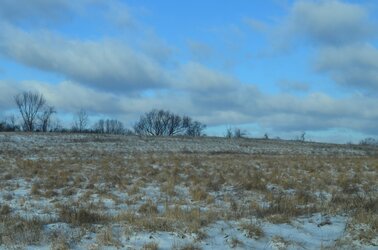
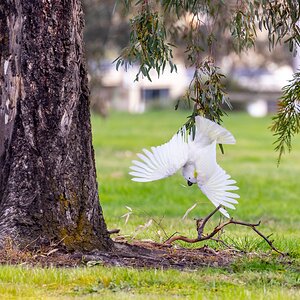
![[No title]](/data/xfmg/thumbnail/34/34691-2fa9779b0e77f698b193a633b9242553.jpg?1619736604)
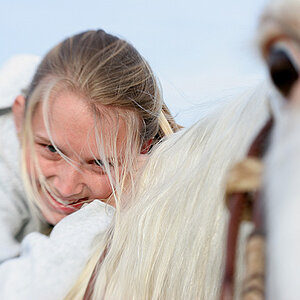
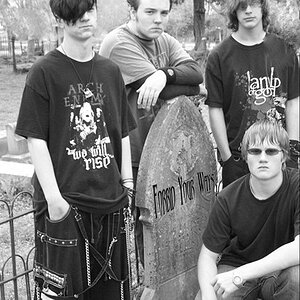

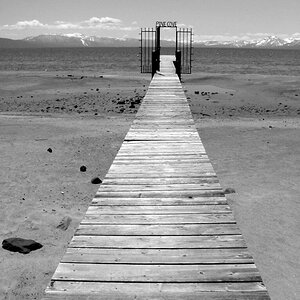
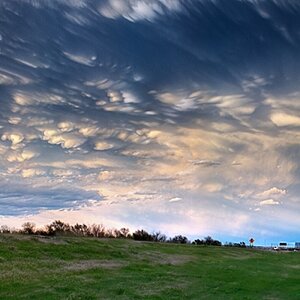
![[No title]](/data/xfmg/thumbnail/37/37604-7ad625e983f92f880eb65a264eeef5e4.jpg?1619738148)
